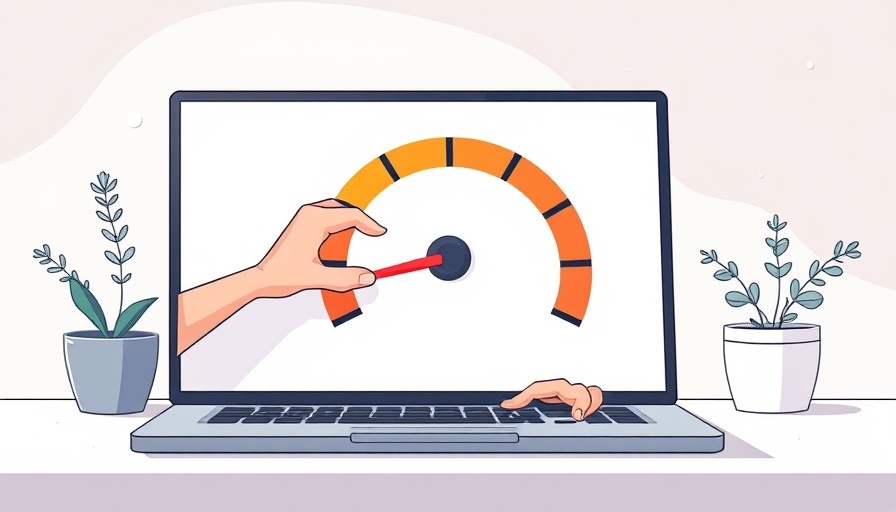
Understanding Google’s CrUX Report Update
Google recently updated its Chrome User Experience Report (CrUX) to enhance insights into various web performance metrics. This update primarily focuses on providing detailed data on three critical elements: Largest Contentful Paint (LCP), Round Trip Time (RTT), and metrics related to server delays. With these improvements, website developers and SEO professionals can better evaluate their site’s performance and user experience.
What is Largest Contentful Paint (LCP)?
Largest Contentful Paint (LCP) measures how quickly the biggest content element of your web page loads. It’s an essential metric because slower LCP times can frustrate users and lead to higher bounce rates. The new update allows for granular tracking of LCP image subparts. This means that developers can now pinpoint which images on their site might be causing slow load times. Is it the server lag or the way the browser finds the image? With proper investigation of these details, page speed can be optimized.
The Importance of Round Trip Time (RTT)
The updated CrUX report replaces the outdated Effective Connection Type (ECT) with Round Trip Time (RTT) measurements. RTT gives a clearer picture of user connection speeds by categorizing them into tri-bins rather than broad categories like 3G or 4G. This change is significant because it provides a real-world understanding of how quickly users can interact with your site and their browsing experience. By identifying high-latency connections, businesses can focus on tailoring their websites for specific regions or conditions, making their sites more user-friendly.
Finding Server Delays and Improving Performance
Another major benefit of the CrUX update is the ability to isolate server delays. By examining Time to First Byte (TTFB) and resource load times, developers can identify if problems stem from hosting environments or other backend issues. For example, high TTFB readings suggest that server response time needs improvement. Recognizing these bottlenecks allows for faster resolutions and enhancements of the overall site performance.
Optimizing Media for Better User Experience
When analyzing the LCP, developers can look into Resource Load Delay, which indicates whether specific images or JavaScript elements are slow to load. Large or unoptimized images can drastically impact page performance. This CrUX update encourages site owners to optimize their media files to ensure faster loading times, ultimately leading to improved site rankings in search engines.
Regional Solutions through Enhanced Data
The new RTT metrics also encourage tailoring solutions for users in various regions. With the ability to see where delays are more prevalent, businesses can implement changes such as using Content Delivery Networks (CDNs) or local servers to enhance load times specific to geographic areas. This proactive approach ensures a better experience for users all over the globe.
Making the Most of CrUX Data
To leverage these new metrics, website developers should actively use the CrUX Vis tool and BigQuery datasets. These resources provide crucial insights that help uncover performance issues in a structured manner. By continuously monitoring website performance through these tools, professionals can make informed decisions on how to enhance their sites and keep visitors engaged.
 Add Row
Add Row  Add
Add 





Write A Comment